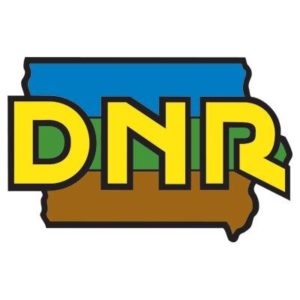 Iowa’s 15-day annual pheasant population survey began Aug. 1, and after a mild winter and early spring, wildlife experts are cautiously optimistic about what they hope to find.
Iowa’s 15-day annual pheasant population survey began Aug. 1, and after a mild winter and early spring, wildlife experts are cautiously optimistic about what they hope to find.
“Our weather this year is nearly identical to what we saw in 2015,” said Todd Bogenschutz, upland wildlife biologist with the Iowa Department of Natural Resources who coordinates and collects the data from the 208, 30-mile survey routes.
“Our spring weather model is pointing toward a status quo population, but in 2015, with nearly identical data, the statewide pheasant counts increased by 40 percent. The wet spring suggests counts similar to last year, but we’re optimistic that if the population responds like 2015, it will likely mark our highest statewide pheasant count since 2006.
“Either way hunters should have a great fall,” he said.
The virtual lack of snowfall across much of the state likely resulted in good hen survival and those extra hens offered great potential for increased numbers this fall. Pheasants do best during mild winters with less than 30 inches of snow followed by a warm, dry spring nesting season with less than eight inches of rain. Iowa’s statewide snowfall average was 20.4 inches. The statewide spring rain average was 8.7 inches.
“I had reports from people who were seeing pheasant broods in May, which suggests early nesting, which is a good omen for the fall,” he said.
The August roadside survey is the best measurement of Iowa pheasant population. The 30-mile routes are driven at sunrise on gravel roads preferably on mornings with heavy dew and little wind. Surveyors watch for hens moving their broods to the road edges to dry off before starting to look for insects.
Surveyors note the number in the brood, any adult pheasants present and the size of the chicks, which tells Bogenschutz if this was an initial nest or if the nest was washed out and this brood was from a second or even third nest attempt. Each attempt after the first has fewer eggs than the prior attempt.
The survey also collects data on cottontail rabbits, jack rabbits, quail and Hungarian partridge.
Data is collected from the same routes each year. The information will be available online at www.iowadnr.gov/pheasantsurvey by middle September.
